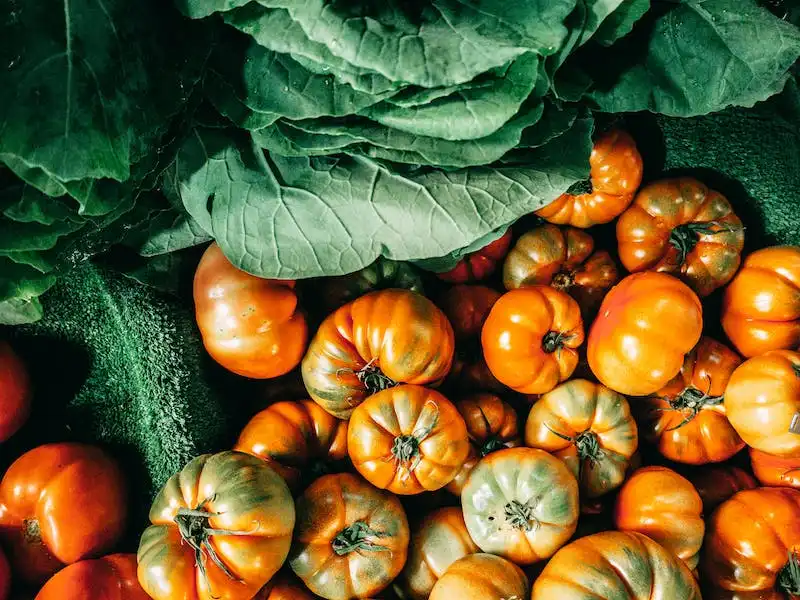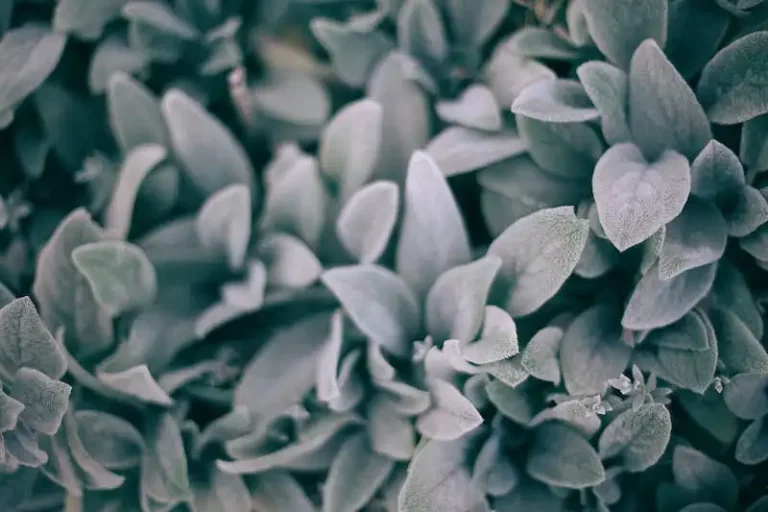Bluebells are a type of flowering plant that belongs to the genus Hyacinthoides. There are two main species of bluebells: the English bluebell (Hyacinthoides non-scripta) and the Virginia bluebell (Hyacinthoides virginica). These plants are known for their bell-shaped flowers that are usually blue in color, although white varieties can also be found.
The bluebell is a perennial plant that grows in woodlands and gardens. It has a height of about 30-50 centimeters and blooms in the spring. The flowers are arranged in inflorescences and have a unique appearance, resembling tiny thimbles hanging from the stems. Bluebells are pollinated by bumblebees, which are attracted to the nectar and help in the plant’s reproduction.
Bluebells play an important role in the ecosystem, as they provide food and support to many other organisms. They are an important food source for insects like bees, butterflies, and hoverflies. In addition, bluebells create a habitat for small mammals like voles and mice, and provide nesting sites for birds such as cuckoos. However, the increasing threat of habitat loss and the use of herbicides threaten the survival of bluebells in many parts of the world.
The English bluebell is especially well-known in the United Kingdom, where it is considered a national flower. It has also been naturalized in other parts of the world, such as the United States. At the Wakehurst Gardens in West Sussex, England, one can find a beautiful display of bluebells in the spring. The Virginia bluebell, on the other hand, is native to eastern North America and can be found in states like Virginia, Kentucky, and West Virginia.
Bluebells have long been admired for their beauty and have been the subject of many poems and books. They symbolize humility and gratitude and are often associated with the arrival of spring. Bluebells are also used in traditional medicine for their diuretic and expectorant properties. Additionally, the German name for bluebells, “Blausternchen,” translates to “little blue star,” highlighting their enchanting appearance.
In conclusion, bluebells are a wonder of the natural world and have captivated the hearts of many. Their bell-shaped flowers and blue hues add beauty to any garden or woodland. However, it is important to be aware of the threats that these plants face and work towards their conservation. By preserving their natural habitat and spreading awareness about their importance, we can ensure that bluebells continue to grace us with their presence for generations to come.
Virginia Bluebell Mertensia virginica
The Virginia Bluebell, or Mertensia virginica, is a bell-shaped flower that grows in woodlands. It is native to North America and is also known as the “Virginia cowslip” or “Oysterleaf.” This plant is one of the most beautiful bluebells in the world, with its blue flowers resembling thimbles in size. When in full bloom, the Virginia Bluebell can create a breathtaking sight in gardens and natural areas.
The Virginia Bluebell’s inflorescence, or flower cluster, consists of multiple bell-shaped flowers that grow on upright stems. The flowers start out as pink or purple buds, but as they mature, they turn into a vibrant sky blue or even a pale pinkish-white color. The foliage of this species is green and has a soft texture.
Mertensia virginica flowers in spring, typically from April to May, and its flowering period is relatively quick, lasting for about two to three weeks. During this time, the flowers attract bumblebees and other pollinators, which play a crucial role in its reproduction.
The Virginia Bluebell has a wide range in North America, from Quebec in Canada to Alabama in the United States. It is commonly found in moist woodlands, floodplains, and along streams. This plant is also known for its ability to grow in areas with disturbed soil, such as old fields or roadsides.
In terms of conservation status, the Virginia Bluebell is currently not listed as threatened or endangered. However, like many other native plants, its habitat is being threatened by human activities, such as habitat destruction and invasive species. Therefore, efforts are being made to protect and conserve this species and its habitat.
Virginia Bluebells have been an important part of American ethnobotany for centuries. Native American tribes used various parts of the plant for medicinal and other purposes. For example, the roots of the Bluebell were used to make a tea that was believed to have healing properties.
In addition to its historical uses, the Virginia Bluebell also has ornamental value. Its beautiful flowers are often used in floral arrangements and can add a touch of wonder to any garden or bouquet. They can be grown from seeds, and Wakehurst, a botanic garden in the UK, is known for its collections of Virginia Bluebells.
In conclusion, the Virginia Bluebell is a stunning bell-shaped flower that is native to North America. It delights us with its vibrant blue or pinkish-white flowers and soft green foliage. This species plays an important role in supporting bumblebees and other pollinators, as well as adding beauty to gardens and natural areas. As we continue to learn more about this species and its life cycle, it is essential to work towards its conservation and protect its habitat.
If you would like to learn more about Virginia Bluebells, visit our full page of additional information and interesting facts about this fascinating plant.
Quick Facts
Bluebells, also known as Hyacinthoides non-scripta or Hyacinthoides virginica, are a type of flowering plant. They are found in the woodlands and gardens of North America and Europe.
Here are some quick facts about bluebells:
| Scientific name | Hyacinthoides non-scripta (European bluebells) and Hyacinthoides virginica (American bluebells) |
| Habitat | Woodlands, gardens |
| Range | Europe, North America |
| Appearance | Small bell-shaped flowers in shades of blue, purple, or white; slender leaves |
| Reproduction | Seeds |
| Uses | Ornamental plant, supports bumblebees and cuckoos |
| Conservation status | Hyacinthoides non-scripta: Near threatened (in some areas); Hyacinthoides virginica: Not evaluated |
| Additional information | Bluebells are popular in gardens for their beautiful flowers. In Virginia, the town of Wardensville has a Bluebell Festival to celebrate their blooming. Bluebells also have ethnobotany history, with various uses by Native American tribes. The Wakehurst Bluebell woods in England is a sight to behold during their flowering season. It is important to protect bluebells from threats such as habitat loss and invasive plant species. |
Bluebells are a wonderful addition to any garden, and their presence brings a touch of beauty and nature to our surroundings. If you haven’t seen bluebells in person, you’re missing out on a sight that is sure to leave you in awe.
Species Type
The bluebell is a plant species belonging to the genus Hyacinthoides. There are two main types of bluebells: the native bluebell (Hyacinthoides non-scripta) and the Spanish bluebell (Hyacinthoides hispanica).
The native bluebell is also known as the English bluebell or the common bluebell. It is found in woodlands and gardens across the UK, Europe, and parts of North America. It has long, slender leaves and bell-shaped flowers that are usually blue or purple in color. The native bluebell is a protected species in the UK and is threatened by habitat loss and the introduction of non-native bluebells.
The Spanish bluebell, on the other hand, is native to the Iberian Peninsula but has been introduced to other parts of the world, including the UK. It has broader leaves and flowers that can be blue, white, or pink. Unlike the native bluebell, the Spanish bluebell is not protected and can pose a threat to the native species through hybridization.
In terms of reproduction, bluebells have a unique pollination strategy. They are primarily pollinated by bumblebees, but cuckoos are also known to play a role in the pollination process. The flowers of bluebells are arranged in an inflorescence, which is a cluster of flowers on a single stem. Each individual flower is bell-shaped, hence the name “bluebell.”
The life cycle of a bluebell typically begins in the spring when the plants emerge from dormancy. They grow quickly and produce buds, which eventually open up into full bloom. After flowering, the plants produce seeds, which can be dispersed by animals or humans. The seeds then undergo a period of dormancy before germinating and starting a new life cycle.
In terms of habitat, bluebells prefer moist, well-drained soil in shaded areas such as woodlands. They can also be found in gardens and other natural areas. Bluebells are a favorite among gardeners and can be seen in many flower arrangements and gardens around the world.
Bluebells are not just admired for their appearance and delicate nature; they also have cultural and ethnobotanical significance. They have been featured in literature, folklore, and various forms of art. In the German language, bluebells are known as “Waldhyazinthen,” meaning “forest hyacinths.”
Bluebells have been used for various purposes throughout history. In the past, the bulb of the English bluebell was used in traditional medicine, while the Spanish bluebell was cultivated for its ornamental value. Today, both species are mainly appreciated for their beauty and are a symbol of conservation efforts to protect natural habitats.
Now that you know more about bluebells, you may want to seek them out in your own garden or in the wild. Wakehurst in West Sussex, England, is one of the best places to see bluebells in full bloom. Wardensville, Virginia, in the United States is also known for its thriving bluebell population.
Bluebells are truly a wonder of nature, and their blue flowers are sure to catch your eye. Whether you are interested in their conservation status, uses in gardens, or simple botanical facts, bluebells are a fascinating species to learn about.




